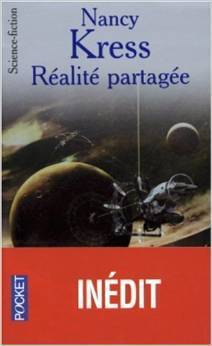What do you think?
Rate this book


446 pages, Mass Market Paperback
First published July 1, 2000
The artifact emitted no radiation of any kind, had no magnetic field, and no thermal gradations. The hull, 0.9765 centimeters thick, was made mostly of an allotropic form of carbon that resembled a known class of fullerenes but was subtly different. The artifact contained no heavy metals, nothing with atomic number above seventy-five. It massed slightly less than a million tons. Inside was mostly hollow, although unidentifiable structures were suspended inside (how?) in an extremely complex but partial manner, without direct connection to each other. These unknown but stable structures appeared to be without any mass—an impossibility. When the computer ran mathematical analyses, the suspensions suggested a complicated web wherein each curve folded back on itself many times, a sort of multidimensional fractal. Computer breakdown further suggested a strange attractor, a region in which all sufficiently close trajectories were attracted in the limit, but in which arbitrarily close points over time became exponentially separated. Syree figured the Hausdorff dimension of the suggested fractal. It was 1.2, the same dimension as the galactic filling of the universe.